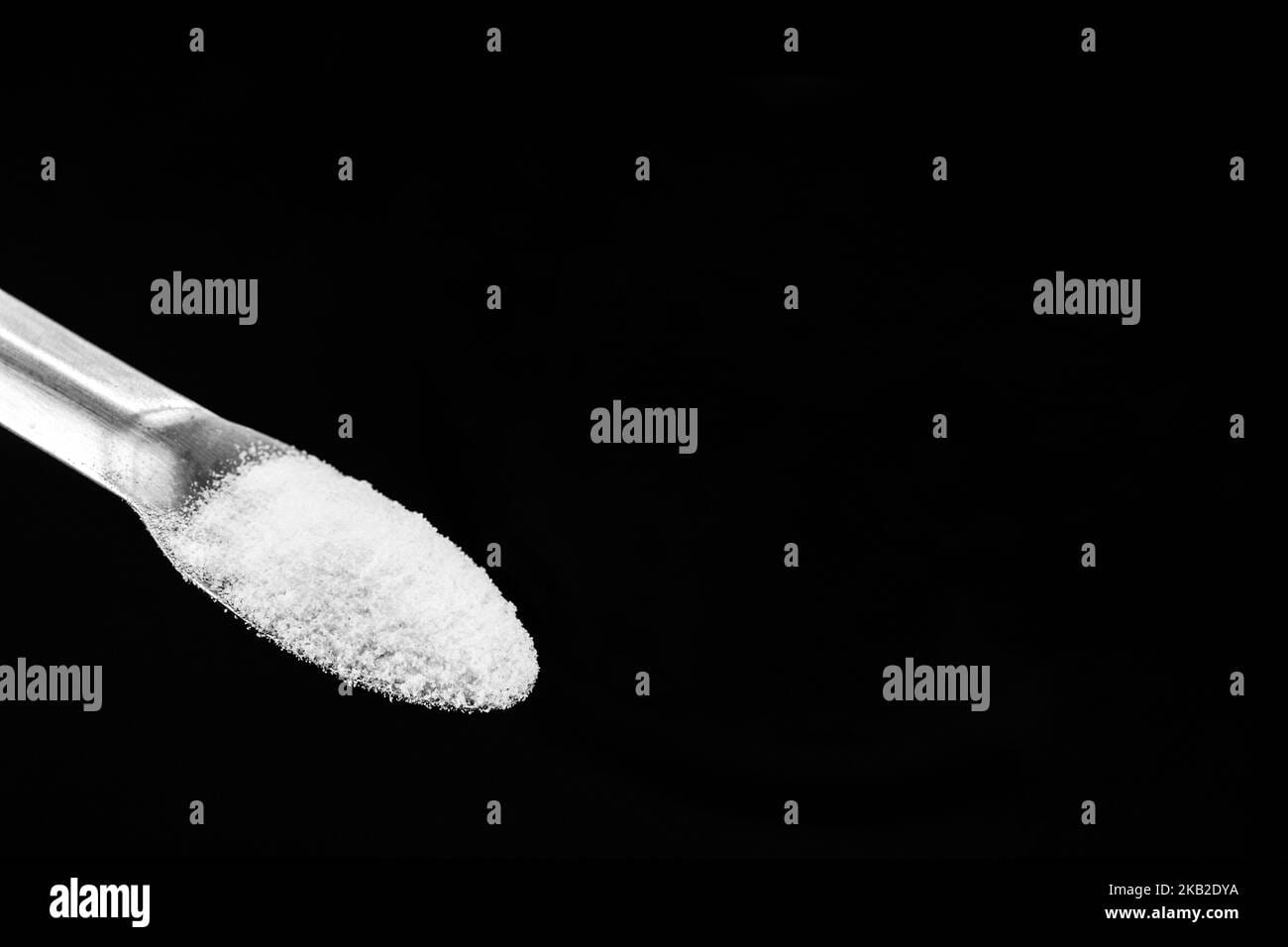This comprehensive guide covers everything you need to know about PVC conduit—from its definition and types to installation and maintenance. Whether you’re a seasoned pro or a weekend DIYer, this guide will equip you with the knowledge to choose and install the right PVC conduit for your project.
What is PVC Conduit?
PVC conduit, short for Polyvinyl Chloride conduit, is essentially a protective tube for electrical wiring. It’s made from a durable plastic-like material that shields wires from damage caused by moisture, impacts, and even fire. Think of it as armor for your electrical system. Protraction and retraction of wires within the conduit during installation is minimized due to its smooth inner surface. This guide will explore the various types, applications, and installation best practices for PVC conduit.
Decoding the Different Types of PVC Conduit
PVC conduit comes in various forms, each designed for specific applications:
Rigid PVC Conduit
This is the standard workhorse of the conduit world. Rigid PVC conduit is tough, inflexible, and ideal for straight runs where the conduit will be exposed or concealed within walls, ceilings, or floors. It provides a solid and dependable pathway for your wiring.
Flexible PVC Conduit
Navigating tight corners or awkward spaces? Flexible PVC conduit is your solution. Its pliability allows for easy bending, making it a perfect choice for those tricky wiring runs where rigid conduit just won’t work.
Schedule 40/80 PVC Conduit
For extra protection in demanding environments, Schedule 40 and 80 PVC conduits offer thicker walls and superior durability. Schedule 80, the heavy-duty option, provides exceptional resistance to crushing and impact, making it ideal for underground installations or areas prone to physical stress.
Weighing the Pros and Cons of PVC Conduit
Like any material, PVC conduit has its advantages and disadvantages:
Advantages
- Durability: PVC conduit resists impacts, corrosion, and moisture.
- Cost-Effectiveness: PVC conduit is significantly cheaper than metal alternatives.
- Ease of Installation: It’s lightweight and easy to cut, bend (in the flexible versions), and join.
- Fire Safety: PVC conduit is flame-retardant and self-extinguishing, adding a layer of fire safety.
Disadvantages
- Cold Temperature Sensitivity: In extreme cold, PVC can become brittle and prone to cracking.
- UV Degradation: Prolonged exposure to sunlight can degrade PVC over time.
Where Does PVC Conduit Shine? Exploring its Applications
PVC conduit’s versatility makes it suitable for a wide array of applications:
- Residential Wiring: Protecting electrical systems in homes, apartments, and condos.
- Commercial Buildings: Safeguarding wiring in offices, retail spaces, and warehouses.
- Industrial Environments: Providing robust protection in factories, workshops, and other industrial settings.
- Underground Installations: Shielding buried wires from moisture and ground shifts.
Installing PVC Conduit: A Step-by-Step Guide
While professional electricians are always recommended for complex electrical work, understanding the basics of PVC conduit installation can be helpful:
- Plan and Measure: Carefully measure your conduit run, accounting for bends and turns.
- Cut the Conduit: Use a hacksaw or pipe cutter for clean, straight cuts, ensuring proper fitting alignment.
- Bend (If Necessary): Carefully bend flexible conduit or use fittings for rigid conduit turns.
- Join Sections: Use solvent cement, threaded fittings, or couplings to connect conduit pieces, creating a secure seal.
- Secure the Conduit: Use straps or clamps to secure the conduit to walls, ceilings, or other surfaces.
Prioritizing Safety: Essential Considerations
- Grounding and Bonding: Proper grounding and bonding are crucial for electrical safety and preventing shocks.
- Adherence to Electrical Codes: Always comply with local electrical codes and regulations.
PVC vs. Metal Conduit: A Head-to-Head Comparison
| Feature | PVC Conduit | Metal Conduit |
|---|---|---|
| Cost | Lower | Higher |
| Installation | Easier | More difficult |
| Durability | Good | Excellent |
| EMI Shielding | None | Provides shielding against interference |
Maintaining Your PVC Conduit: Tips for Longevity
Regularly inspect your PVC conduit for signs of damage. Minor cracks can often be repaired with solvent cement or patches, while significant damage necessitates section replacement.
The Evolving Landscape of PVC Conduit: Future Trends
Research continually seeks to improve PVC conduit. Scientists explore new materials and technologies to enhance durability, flame retardancy, and even integrate “smart” features like sensors for monitoring and diagnostics.
PVC vs. PVC Conduit: Clearing Up the Confusion
PVC and PVC conduit might sound identical, but there are crucial distinctions—much like different varieties of apples. While both are made from polyvinyl chloride, their formulation and intended uses differ greatly.
Regular PVC is versatile and used in various applications, from window frames to medical devices. However, PVC conduit is specifically engineered for electrical wiring, prioritizing safety with non-conductive, fire-resistant, and impact-resistant properties.
Using standard PVC for electrical work is a dangerous fire hazard. Conversely, using conduit in pressurized plumbing would likely lead to bursts due to its inability to handle such pressure, potentially affecting blood flow and causing pulsus parvus et tardus.
Color can sometimes be a clue (gray for conduit, white for plumbing PVC), but always verify product specifications to ensure correct usage.
| Feature | PVC Conduit | Plumbing PVC |
|---|---|---|
| Primary Use | Protecting electrical wiring | Carrying water/fluids |
| Electrical Safety | Non-conductive, fire-resistant | Not designed for electrical use |
| Standards | NEC, UL, CSA | ASTM |
| Typical Color | Gray | White |
Understanding the Limits of PVC Conduit: Where It’s Not Allowed
While highly versatile, PVC conduit isn’t suitable for every situation. Understanding its limitations is crucial for safety and code compliance.
Hazardous Locations: Avoid PVC conduit in areas with flammable gases or explosion risks. Opt for metal conduit instead.
High-Temperature Environments: Extreme heat can soften PVC. Consider metal conduit or high-temperature PVC variants.
Direct Sunlight Exposure: UV radiation degrades PVC, causing brittleness. Use UV-resistant paint, enclosures, or alternative materials.
Underground Installations: Direct burial requires thick-walled, direct-burial PVC, concrete encasement, or protective sleeves to mitigate moisture and ground condition damage.
| Situation | Reason | Alternatives |
|---|---|---|
| Hazardous Areas | Flammable, releases toxic fumes when burned | Metal conduit |
| High Temperatures | Softens and deforms | Metal conduit, high-temp PVC |
| Direct Sunlight | UV degradation leads to brittleness | UV-resistant paint, enclosure |
| Underground | Moisture and ground conditions can damage it | Thick-walled direct burial PVC, concrete encasement, protective sleeve |
Always consult local building codes and professionals for specific regulations and guidance.
Disclaimer: This information is for general knowledge and doesn’t substitute professional advice. Always consult a qualified electrician for all electrical work to ensure safety, code compliance, and proper installation.
- Unlock Elemental 2 Secrets: Actionable Insights Now - April 2, 2025
- Lot’s Wife’s Name: Unveiling the Mystery of Sodom’s Fall - April 2, 2025
- Photocell Sensors: A Complete Guide for Selection and Implementation - April 2, 2025
















